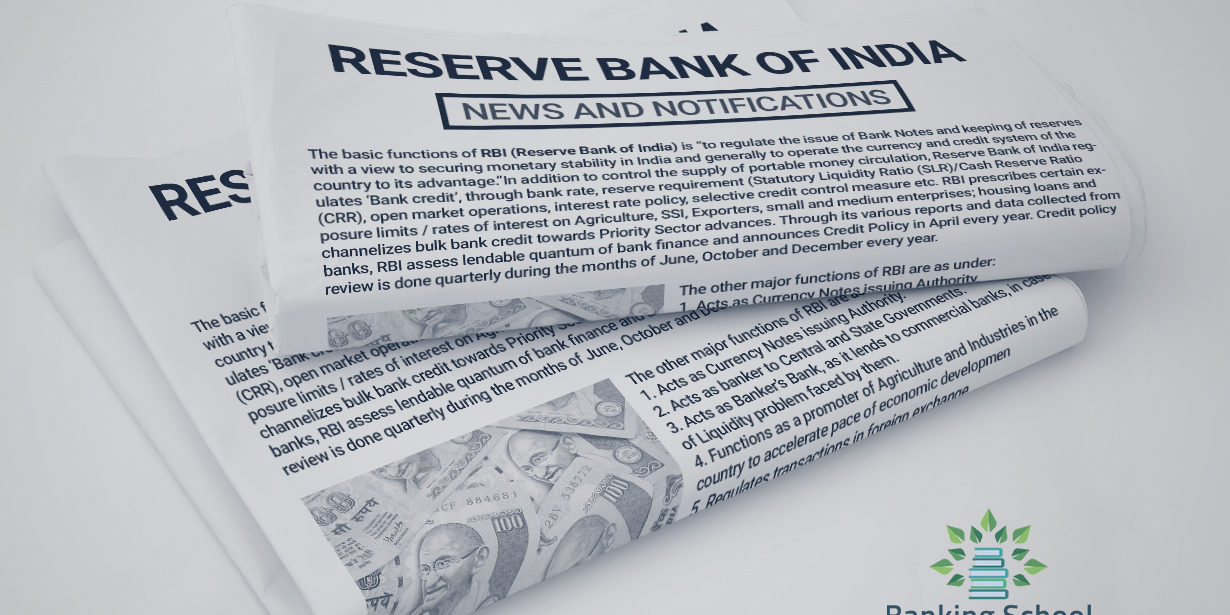India’s retail inflation surged to a five-month high of 7.4 percent in September, taking down the third straight quarter where the inflation rate remained above the RBI’s tolerance ceiling of 6 percent and it has breached the medium-term target of 4 percent for three years.
Today, the central bank is widely expected to take stock of the factors that resulted in a failure in achieving the target. The explanatory note will go to the Parliament, which may be discussed during the winter session.
As per Regulation 7 of the RBI MPC and Monetary Policy Process Regulations, 2016, a separate meeting has to be conducted to discuss and draft the report to the Government within one month from the date on which the Bank failed to meet the inflation target.
Therefore, RBI has to submit the report before November 12 as the September inflation data was released on October 12. The letter must mention, “The reasons for failure to achieve the inflation target”, “remedial actions proposed to be taken by the Bank” and “an estimate of the time period within which the inflation target shall be achieved pursuant to timely implementation of proposed remedial actions”
Speaking at a banking summit on Wednesday, Governor Das said that the central bank will not make the report public. It is not clear if the government too would like to keep the report confidential or make it public for wider discussions and deliberations, he added. Therefore, today’s meeting is set to be a “non-event” for equity as well as the bond and currency markets, as the central bank is not expected to release an official statement and the discussion in the meeting will be unknown to the public.
Mr. Shaktikanta Das said to have stated that “The Ukraine-Russia conflict added fuel to an inflation fire that was already raging due to supply disruptions because of pandemic-related lockdowns. Sanctions led to soaring prices of commodities across the board – from crude oil to sunflower, to wheat to steel. India wasn’t immune to the global pandemic, nor could it be to the price pressures”.



